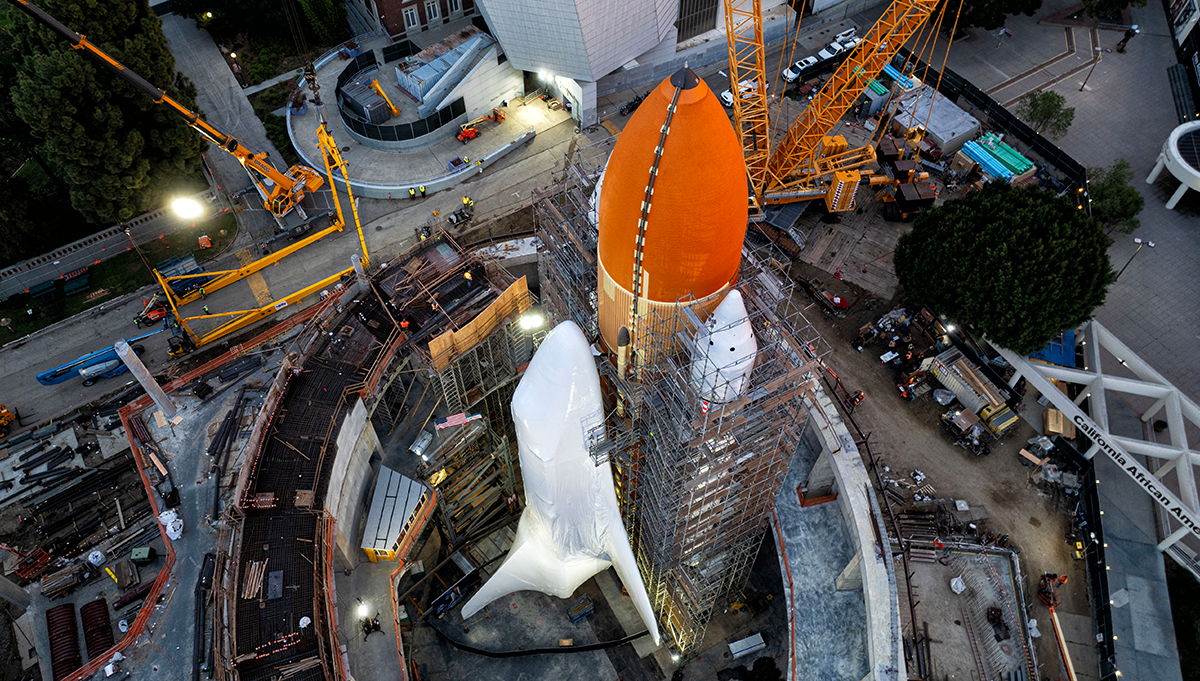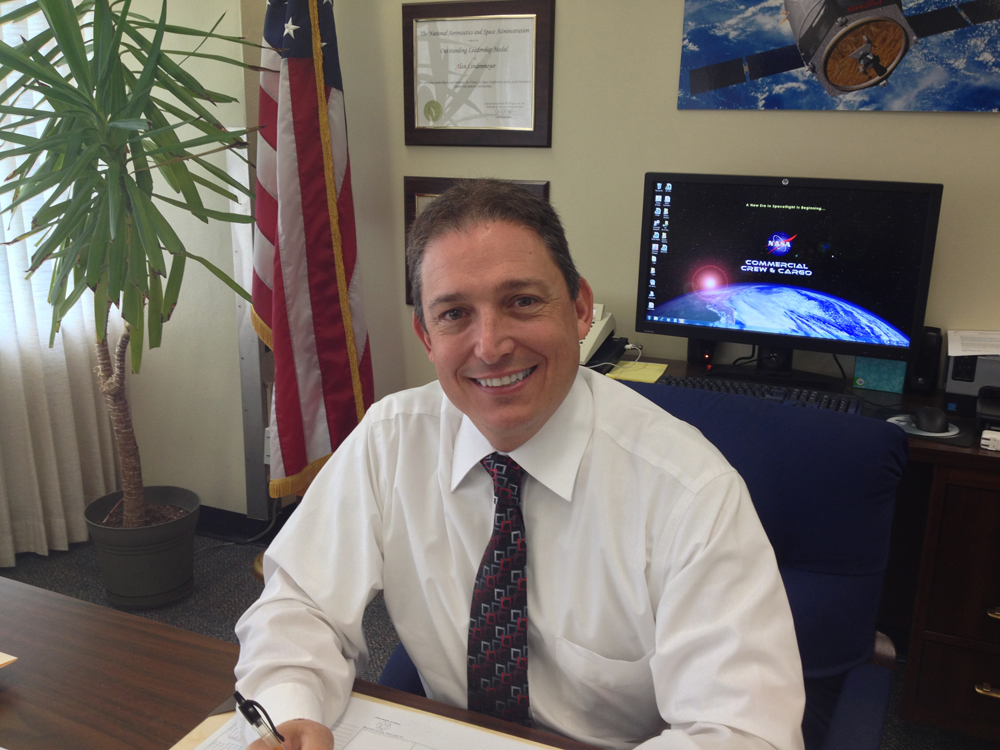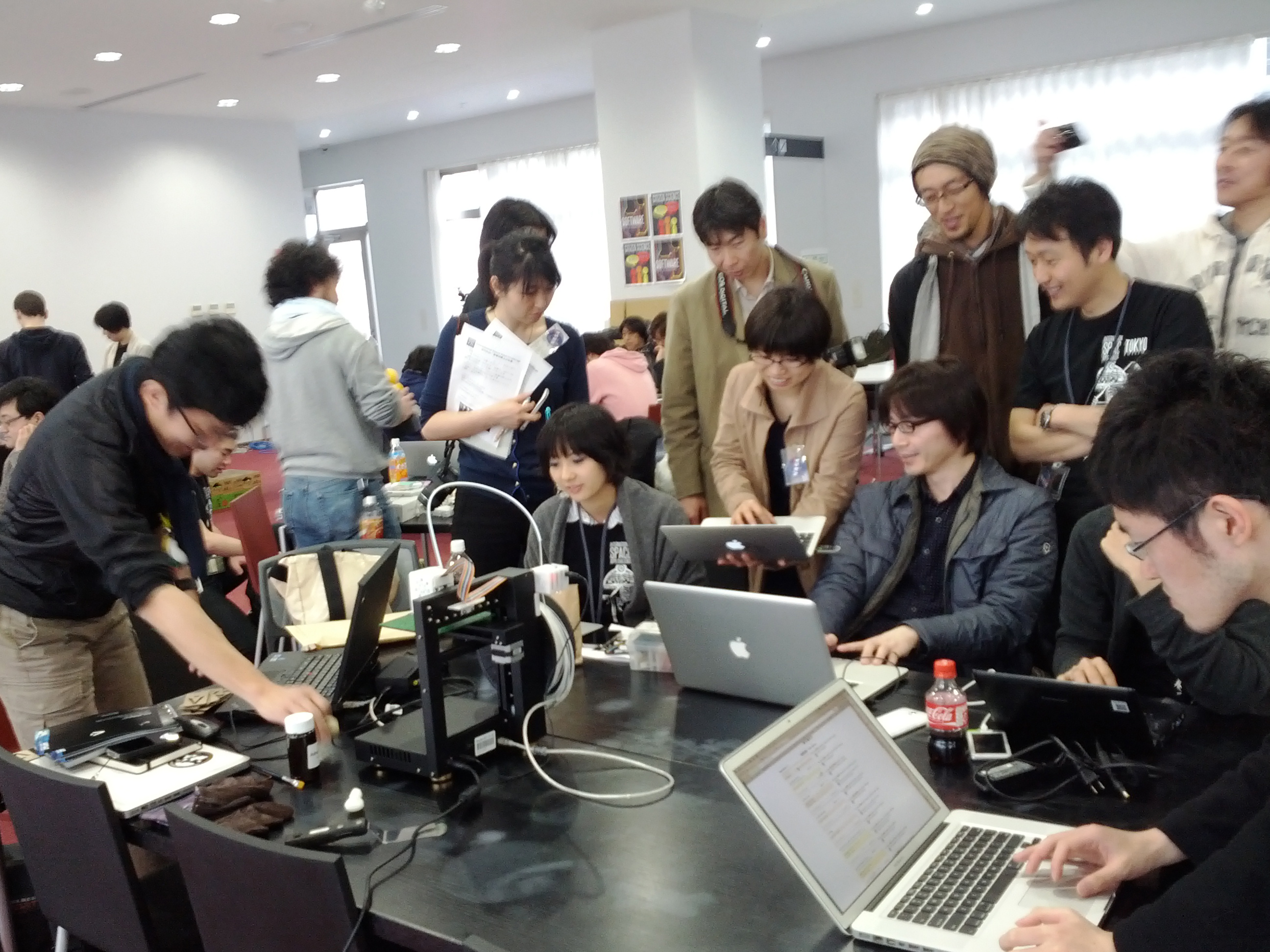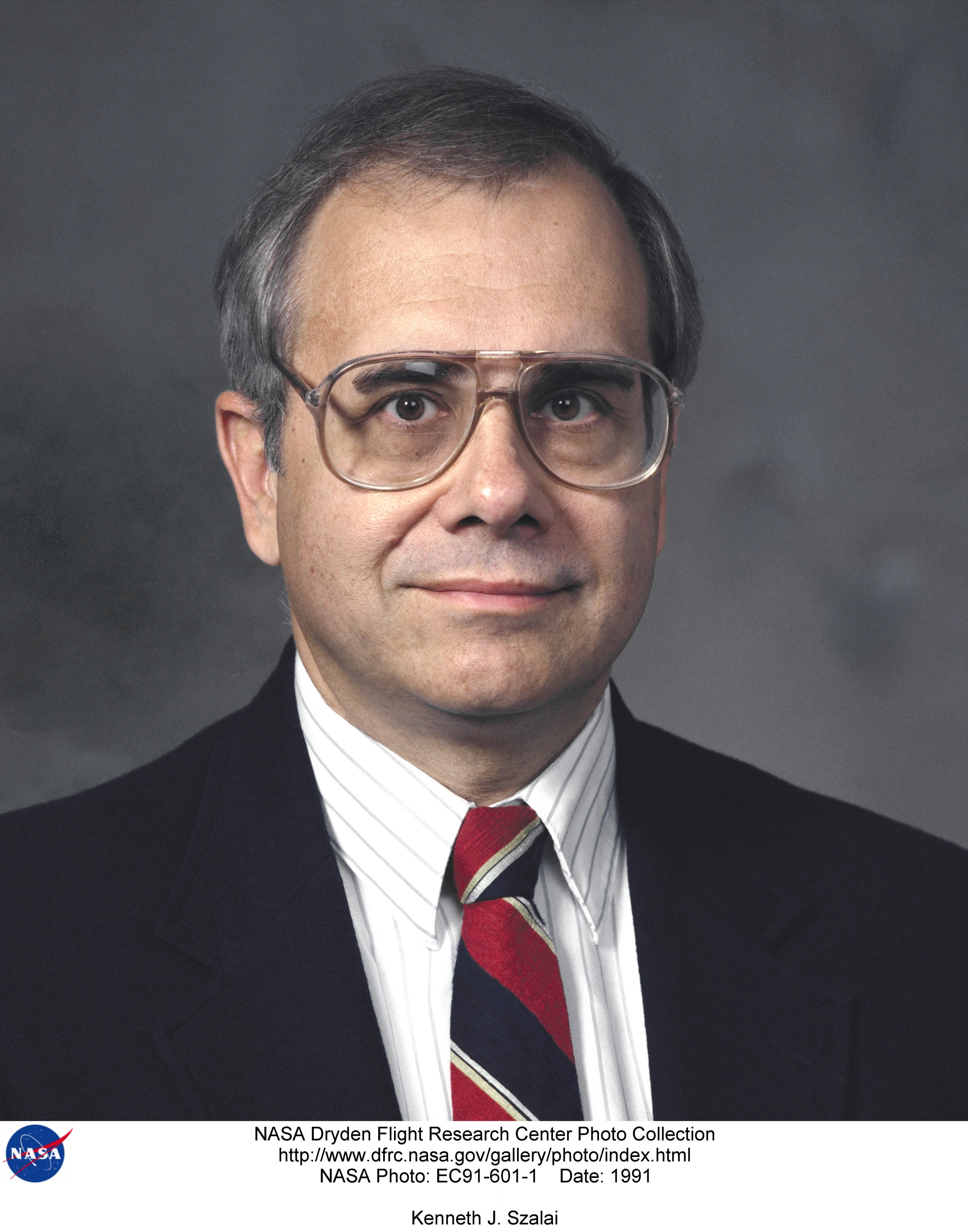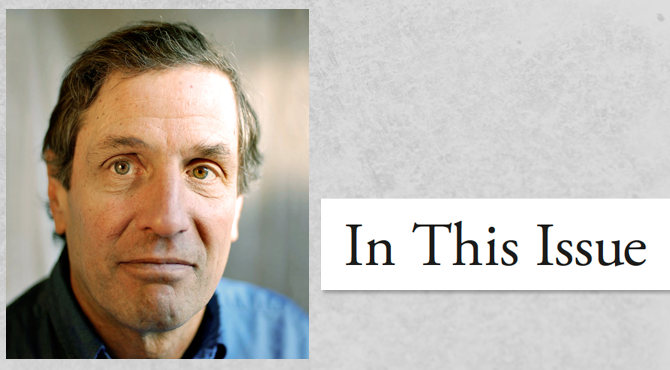
Don Cohen, Managing Editor
In her reflection on seven years of learning and writing about NASA projects (“What I’ve Learned from NASA”), ASK editor Kerry Ellis identifies adequate testing as an essential contributor to mission success. She cites “test as you fly, fly as you test” as a guiding principle: that is, design tests that will mimic expected flight conditions as closely as possible and then try to make sure actual flight conditions stay within the limits that testing has shown to be safe. Some of the articles in this issue of ASK emphasize the value of thorough, thoughtful, and sometimes creative testing.
Mike Menzel makes the importance of testing clear in his discussion of designing hardware that will keep the James Webb Space Telescope, or JWST, cold (“The Thermal Design Challenge”). Because JWST is an infrared telescope, even a miniscule amount of solar heat would interfere with observations. And because the telescope will be situated a million miles from Earth, no Hubble-style repair missions will be possible—they have to get it right the first time. So Menzel’s team tested and retested a full-scale model of JWST’s core area and a one-third scale model of the sunshield to track down potential problems and refine their design.
A team at the Applied Physics Laboratory devised new vibration-testing equipment for the Van Allen Probes to make sure the spacecraft would survive the stress of launch (“Radiation-Ready with a Little Rock ‘n’ Roll”). And the information the probes are returning about the Van Allen radiation belts should help refine testing for future orbital missions by improving our understanding of how much radiation they will have to withstand.
Thorough testing invites failures that will reveal the flaws and limitations of systems. It’s one illustration of the point Laurence Prusak makes in “The Knowledge Notebook” that failure is a great teacher. He sees the reluctance of people in many organizations to admit and analyze failure as a lost opportunity for valuable learning (and of course unacknowledged errors are likely to be repeated).
Given the rigors and complexity of NASA missions, problems will sometimes occur no matter how much testing has been done. When they do, project teams devote all their attention and ingenuity to fixing or finding ways to work around them. Haley Stephenson describes one example in “The Toothbrush Hack.” When a stuck bolt prevents astronauts from replacing an important switching unit on the space station, a team on Earth swings into action, quickly improvising tools needed to solve the problem from a toothbrush and other materials available on station.
Ellis’s “What I’ve Learned” article also points to good communication as a requirement for project success. That’s a familiar ASK theme and several articles in this issue focus on it. For instance: in the interview, Alan Lindenmoyer talks about the importance of knowledge-sharing and trust—building conversation with NASA’s commercial partners; Lars Schnieder and Susanne Arndt discuss how to reduce ambiguity so written requirements clearly communicate what is being required (“Reducing Natural-Language Ambiguities in Requirements Engineering”); and Jay Grinstead (“The Soft Skills of International Project Management”) considers the special challenges of communicating effectively with NASA’s international partners.
More Articles by Don Cohen
- Interview with Lynn Cline (ASK 48)
- Learning from the NuSTAR Launch Delay (ASK 48)
- In This Issue (ASK 48)
- The Sky Crane Solution (ASK 47)
- Scientific Visualization: Where Art Meets Science and Technology (ASK 47)
- View More Articles


